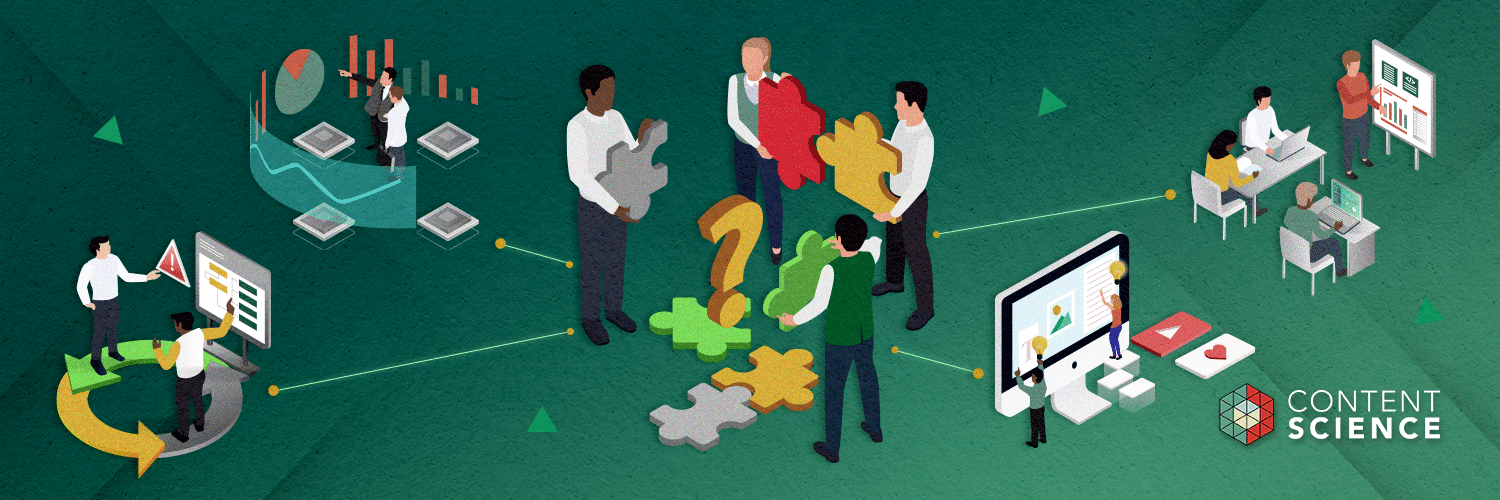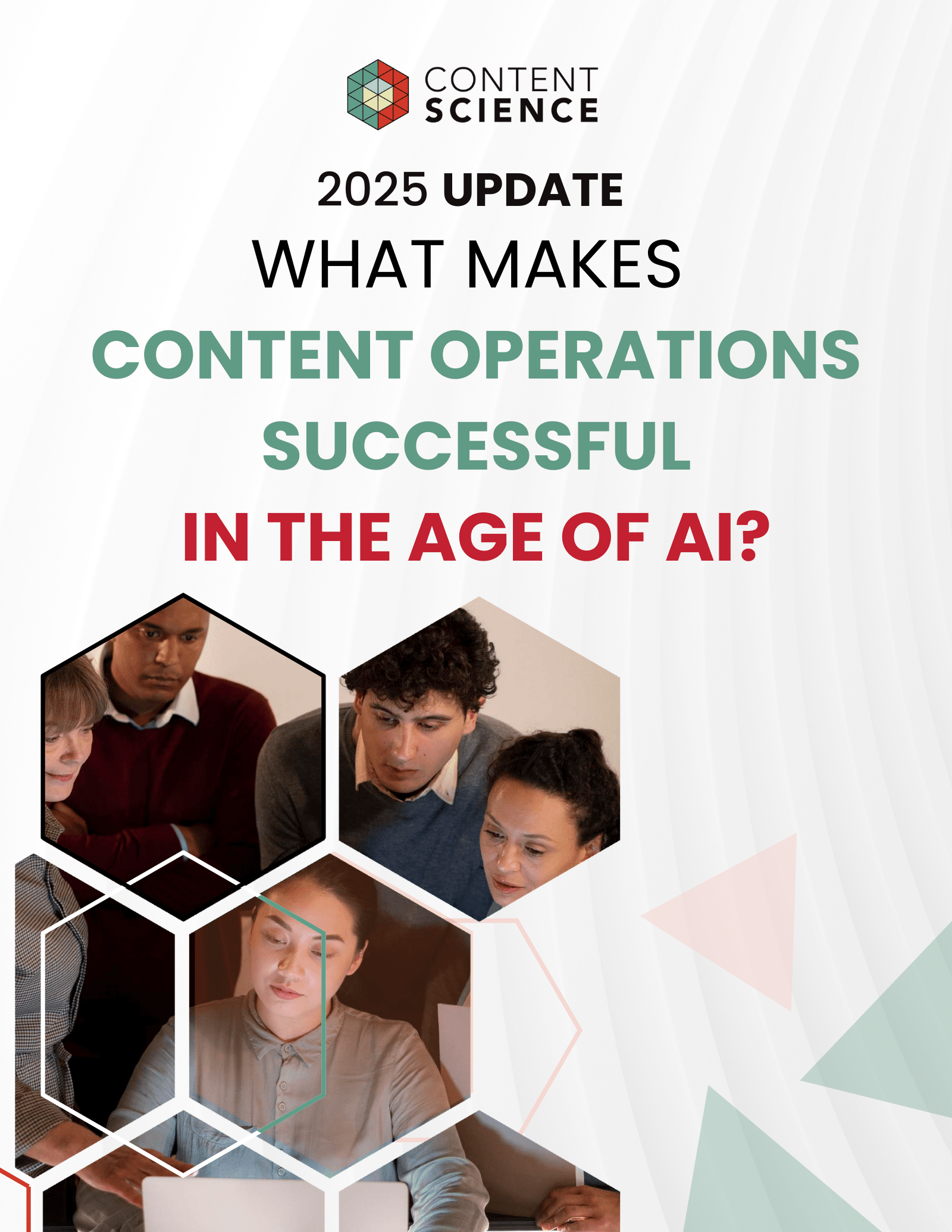
A methodology for developing solutions to problems that is widely credited to the firm IDEO, design thinking became implemented in a range of large companies and organizations in the early 2000s to aid innovation. Design thinking is still taught in universities such as Stanford and often an ongoing initiative in large organizations today.
The spend on design thinking is significant, with a conservative estimate being $12 billion in global spend expected in 2028. So the pressure is on to understand whether investing in design thinking brings a return.
In our research, we find mostly theoretical explanations of design thinking’s impact on important outcomes like company performance, ROI, or social change. One example is this 2019 design thinking model from Forrester, which claims a theoretical ROI of 85% or greater.
At the same time, the failure rate for innovation—the context in which an organization often uses design thinking—remains high at 70 to 90%.
With big investments, expectations, and risks at stake, it’s not surprising that criticism of design thinking has increased over the past several years. More and more failure case studies are being discussed publicly, with this MIT Review piece and Stanford Social Innovation piece offering exhaustive exposés.
The Content Science team and I see potential in design thinking to help organizations collaborate on innovative ideas, but organizations need much more to achieve and sustain innovation and / or digital transformation. We’ve observed many problems in implementing design thinking, and those problems often stem from how an organization handles content.
So, this article helps leaders in design, product, user experience, and customer experience diagnose the cause of design thinking problems more efficiently so you can develop more effective solutions. How? By explaining the role content plays in those problems—and potential solutions.
Let’s consider five design thinking problems and how content is a factor.
Design Thinking Problem 1: Expertise Exclusion
When an organization treats design thinking as a panacea for solving problems or generating innovation, that organization becomes at risk.
What This Design Thinking Problem Is
Problem solving and innovation benefit from diverse thinking, yet design thinking often becomes myopic in practice. In a Harvard Business Review article, author and user experience pioneer Peter Merholz points out that elevating every type of thinking to the hype of design thinking becomes ridiculous:
All of these disciplinary backgrounds allow people to bring distinct perspectives to our work, allowing for insights that wouldn’t be achieved if we were all cut from the same cloth. Do we need to espouse “library thinking,” “history thinking,” and “arts thinking?” Should we look at Steve Jobs’s background, and say what business needs is more “calli- graphic thinking”?
Obviously, this is getting absurd, but that’s the point. The supposed dichotomy between “business thinking” and “design thinking” is foolish…Instead, what we must understand is that in this savagely complex world, we need to bring as broad a diversity of viewpoints and perspectives to bear on whatever challenges we have in front of us…shifting the focus only to “design thinking” will mean you’re missing out on countless possibilities.
Design thinking is too narrow to reveal all of the relevant possibilities for your organization’s complex innovation.
Why This Design Thinking Problem Matters
When it comes to innovation, the odds of being successful are not in your favor. In addition to the high failure rate we mentioned earlier, innovation decisions are 2.5 times more likely to fail than other business decisions, with outcomes falling short of expectations 50% of the time. So, the last thing your organization needs is to exclude relevant expertise in the decisions because that expertise doesn’t fall under “design.”
When an organization invests in innovation and it fails, the costs and losses are significant. Much innovation today ties to digital transformation, and in a related article we call out those costs and losses:
The investment enterprises make in digital transformation is large, averaging $27.5 million per effort. And the stakes are high, as noted earlier. A failed digital transformation often means a weakened and soon-to-fail organization….when the digital transformation fails, companies not only waste that $27.5 million budget but also miss out on the projected impact of the transformation on increasing future revenue; experience opportunity cost, where the money and resources used on the failed effort could have been spent on a more successful effort; and suffer unexpected losses due to mistakes or delays in the implementation, such as not being able to process sales or ship orders.
And when those costs and losses happen, a company might lose top talent or struggle to recruit top talent and squander investor confidence. Companies and organizations ranging from Revlon, Target, and Hershey’s to Healthcare.gov have experienced these kinds of losses very publicly. So to avoid these painful consequences of innovation failure, let’s take a closer look at the role of content in this problem.
Content As the Cause and Solution
I say it often, and it bears repeating:
When business is digital, content is critical.
Content is often the substance of any customer experience related to an innovation, and content might be part of the innovative product, service, or solution itself. So chances are any effort that requires design thinking also requires content thinking.
To avoid or correct the expertise exclusion problem, consider questions like these:
- How does content play a role now in the problem we’re trying to solve?
- How could a different approach to content contribute to the solution or innovation and its implementation?
- Do we have a range of modern content roles or skills participating in the design thinking session (content strategy, content engineering, content design, content analysis, etc.)?
- How will content contribute to the customer experience of the solution or innovation?
Let’s turn to a second, closely related digital transformation problem that’s really a content problem.
Design Thinking Problem 2: Empathy Gap
You might assume empathy and design thinking go hand-in-hand, but the recent criticism shows that’s not necessarily true.
What This Design Thinking Problem Is
The empathy gap is when design thinking does not factor in updated and comprehensive market / customer / user research and testing and, therefore, does not achieve empathy with the customer or user. For example, Sitecore has received intense criticism from customers for moving quickly to new features (e.g. composability) and a new infrastructure approach (cloud) that they don’t necessarily want.
Why This Design Thinking Problem Matters
Of course, all of the reasons mentioned for problem 1 apply here. Let’s add two more reasons.
A top driver for innovation failure is lack of market demand or customer interest in the innovative solution, product, or service. Achieving empathy with the customer or user throughout the innovation process reduces the risk that your organization will wind up like Sitecore.
And the consequences of investing in a failed innovation are similar to what we described for problem 1. For Sitecore, the consequences also have included a damaged brand and the related costs of working to repair it.
Content As the Cause and Solution
Considering the content your customers will experience with the innovation forces a deep level of empathy. Content strategy and execution requires a nuanced understanding of customer emotions and context to drive voice, positioning, personalization, and much more.
Additionally, people with a range of modern content skills can
- Provide useful perspectives on research and testing methods to identify and address your customers’ needs, wants, and preferences about content and more.
- Help mine your existing content intelligence (data about or generated by content) for useful insight about how customers currently use and perceive content you already have.
Now, consider a related design thinking problem where content also plays a role.
Design Thinking Problem 3: Blue Sky Blues
Having no boundaries is actually a hindrance, not a help, to innovation.
What This Design Thinking Problem Is
A design thinking initiative develops ideas and prototypes that are oversimplifications or disconnected from business / organization priorities. This problem often occurs hand-in-hand with problem 2. Building on the Sitecore example, the technology company’s innovation was geared for long-term changes in the market, but the innovation was not aligned with their mid-term priority as a business: To be acquired. And, in fact, the failed innovation was a factor in Sitecore’s failed bid to be bought.
Why This Design Thinking Problem Matters
Research shows that successful companies use their strategic priorities and strengths or advantages as boundaries for innovation. For example, when I served as the head of content at Mailchimp during its high-growth period before acquisition by Intuit, a strategic priority was increasing the number of e-commerce customers. That priority helped focus new features and tailor the end-to-end customer experience to their needs.
Content As the Cause and Solution
Content expertise ensures alignment with business priorities or strengths and prevents oversimplification by offering
- A sophisticated strategic grounding thanks to a modern content strategy process.
- A reality check through assessing your organization’s current level of content operations maturity and the level of maturity required to execute the strategy.
At Mailchimp, for instance, I led the effort to both form a comprehensive content strategy led by a clear content vision and to mature the content operations to work at scale. Without these efforts, it would have been impossible to release new features quickly and ensure their adoption by customers.
Now let’s consider another problem with design thinking.
Design Thinking Problem 4: Implementation Impasse
A great idea means little if your organization can’t implement it.
What This Design Thinking Problem Is
A design thinking idea garners some support but is difficult or impossible to implement at scale.
This problem occurred when IDEO engaged in design thinking with the nonprofit Edible Schoolyard Project. The nonprofit director at the time, Kyle Cornforth, reflected on the tension for MIT Review:
I was like, “You didn’t talk to anyone who works in a school, did you?” They were not contextualized in the problem at all.” The deep expertise in the communities of educators and administrators she worked with, Cornforth saw, was in tension with the disruptive, startup-flavored creativity of the design thinking process at consultancies like IDEO.org. “I felt like a stick in the mud to them,” she recalls. “And I felt they were out of touch with reality.”
Why This Design Thinking Problem Matters
Nearly 90% of executives prioritize innovation at their companies, but only 6% of them are satisfied with innovation performance. As the saying goes, amateurs talk strategy while professionals talk logistics. Achieving innovation is as much about thinking through implementation as it is about thinking of an idea. In the book Quit, Annie Duke points out many examples from X, the innovation incubator of Alphabet, of not moving forward with an idea because the anticipated implementation wasn’t feasible.
Content As the Cause and Solution
Because content is the substance of digital customer experiences with new solutions, products or services, content is essential to consider during implementation. Being realistic about what it takes to deliver an end-to-end content approach at scale might lead you to think twice about certain ideas. And mishandling content during implementation causes delays, cost overruns, or even failure to execute entirely. These articles explain how factoring content into implementing a digital transformation or new customer experience can work:
- 5 Signs Your Digital Transformation Problem Is Really a Content Problem
- 5 Signs Your Customer Experience Problem Is Really a Content Problem
Now let’s turn to our fifth design thinking problem.
Design Thinking Problem 5: Evangelism Backlash
If you’ve ever grown weary of design thinking advocacy, you’re not alone.
What This Design Thinking Problem Is
Design thinking advocates within an organization become intolerant of criticism or other methods and perspectives, either for passion or for politics. At Mailchimp, for example, an effort to advance design thinking fizzled out because it seemed to disrespect other business functions and disciplines.
Why This Design Thinking Problem Matters
Companies that build a strong innovation culture are 60% more likely to be innovation leaders. If design thinking evangelism becomes toxic, it undermines instead of strengthens an innovation culture.
Content As the Cause and Solution
Including content experts in design thinking activities can help mitigate or avoid this problem. These experts provide a useful perspective that often points out gaps in design thinking, making it difficult to become overly zealous.
Additionally, devoting budget to content on its own or as part of an initiative like end-to-end content or digital transformation helps bring balance to any potential organizational politics. For example, at Mailchimp I led an end-to-end content initiative called New Content World that helped bring visibility to the strategy, operations, and resources needed to execute content well. For more about factoring content into long-term budget planning, see 5 Signs Your Digital Transformation Problem Is Really a Content Problem.
We’ve covered a lot of ground in this article, so the table below summarizes a few key points for your reference.
| Addressing Content in Design Thinking Problems | |
|---|---|
| Problem + Supporting Fact | Role of Content |
| 1. Expertise Exclusion People with important expertise, including content and communications, are left out of design thinking workshops. Innovation decisions are 2.5 times more likely to fail than other business decisions. |
|
| 2. Empathy Gap A design thinking initiative does not factor in updated and comprehensive market / customer / user research and testing and, therefore, does not achieve empathy with the customer / user. No market demand or customer interest is a top reason innovation fails. |
|
| 3. Blue Sky Blues A design thinking initiative develops ideas and prototypes that are oversimplifications, out of touch with customer needs, or disconnected from business / organization priorities. Successful companies use their strategic priorities and strengths as boundaries for innovation ideas. |
|
| 4. Implementation Impasse A design thinking idea garners some support but is difficult or impossible to implement at scale. Nearly 90% of executives prioritize innovation, but only 6% are satisfied with innovation performance. |
|
| 5. Evangelism Backlash Design thinking advocates within an organization become intolerant of criticism or other methods and perspectives, either for passion or for politics. Companies that build a strong innovation culture are 60% more likely to be innovation leaders. |
|
The Promise of an End-to-End Content Approach for Design Thinking
Content expertise fills important gaps in design thinking. As Maggie Gram of Google said in her excellent article:
Design may come in an elegant package, but it doesn’t always make things right.
I find embracing an end-to-end content approach can increase an organization’s chances of making things not only right but also successful. To learn more about why and how to start an end-to-end content initiative, check out The Ultimate Guide to End-to-End Content.
Events, Resources, + More
New Data: Content Ops + AI
Get the latest report from the world's largest study of content operations. Benchmarks, success factors, commentary, + more!
The Ultimate Guide to End-to-End Content
Discover why + how an end-to-end approach is critical in the age of AI with this comprehensive white paper.
The Content Advantage Book
The much-anticipated third edition of the highly rated book by Colleen Jones is available at book retailers worldwide. Learn more!
20 Signs of a Content Problem in a High-Stakes Initiative
Use this white paper to diagnose the problem so you can achieve the right solution faster.







Comments
We invite you to share your perspective in a constructive way. To comment, please sign in or register. Our moderating team will review all comments and may edit them for clarity. Our team also may delete comments that are off-topic or disrespectful. All postings become the property of
Content Science Review.